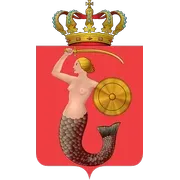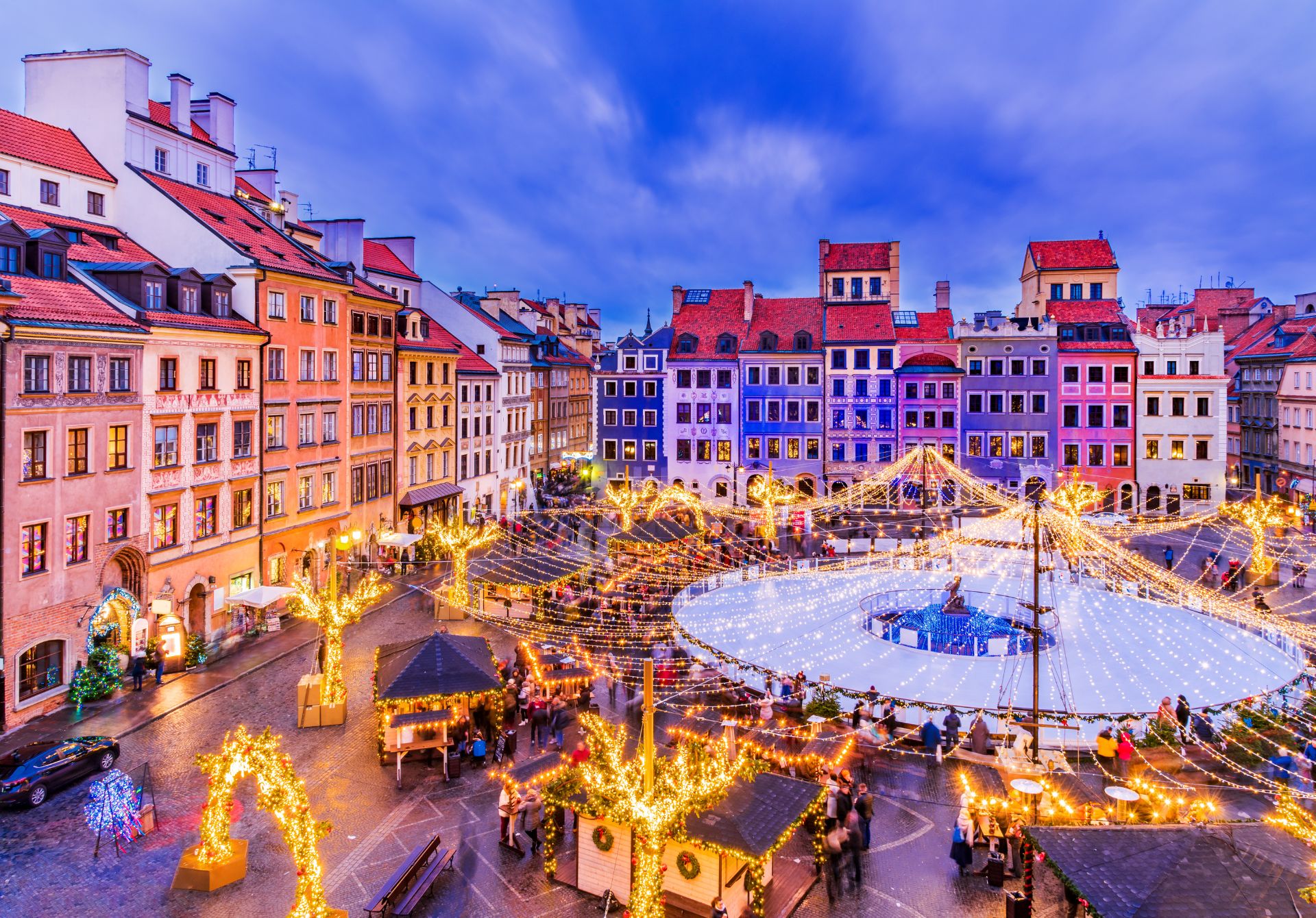Nestled in the heart of Warsaw’s Old Town, the Old Town Market Square (Rynek Starego Miasta) stands as a testament to the resilience and rich history of Poland’s capital. This vibrant square, dating back to the 13th century, has witnessed centuries of turbulent history, from prosperous trade to devastating wars, and ultimately, a remarkable resurrection. Today, it serves as a bustling hub of culture, tourism, and Polish pride, drawing visitors from around the world to experience its unique charm and historical significance.
A Journey Through Time
Origins and Early History
The Old Town Market Square was established in the late 13th century when Warsaw was still a small medieval town. Initially serving as the center of trade and commerce, the square quickly became the heart of the city’s social and political life. Surrounded by townhouses owned by wealthy merchants, the square was home to the town hall, which stood proudly in its center until the late 18th century.
Golden Age and Decline
The 16th and 17th centuries marked the golden age of the Old Town Market Square. As Warsaw grew in importance, eventually becoming the capital of the Polish-Lithuanian Commonwealth in 1596, the square flourished. It became a melting pot of cultures, with merchants from across Europe converging to trade goods and ideas. However, the 18th century brought a period of decline. The partitions of Poland, followed by wars and economic hardships, took their toll on the once-thriving square. The town hall was demolished in 1817, and many of the surrounding buildings fell into disrepair.
World War II and Destruction
The darkest chapter in the square’s history came during World War II. The Nazi occupation of Warsaw led to the systematic destruction of the city, with the Old Town being a primary target. During the Warsaw Uprising of 1944, the Old Town Market Square and its surroundings were reduced to rubble, with over 90% of the historic buildings completely destroyed.
Resurrection and Reconstruction
In the aftermath of World War II, the Polish people embarked on an ambitious and painstaking reconstruction effort. Using pre-war photographs, paintings, and architectural plans, they meticulously rebuilt the Old Town Market Square and its surrounding areas. This monumental task, completed in 1953, was a testament to the Polish spirit and determination to preserve their cultural heritage. The reconstruction was so faithful to the original that UNESCO recognized Warsaw’s Old Town, including the Market Square, as a World Heritage Site in 1980. It remains one of the few places on the UNESCO list that is almost entirely a reconstruction.
The Square Today
Architecture and Layout
Today, the Old Town Market Square is a perfect blend of historical authenticity and modern vibrancy. The square measures approximately 90 meters by 73 meters, surrounded by colorful townhouses rebuilt in their original Renaissance, Gothic, and Baroque styles. Each side of the square is named after the prominent families who once owned properties there: Dekert, Barss, Kołłątaj, and Zakrzewski. At the center of the square stands the Warsaw Mermaid statue, the symbol of the city. This bronze sculpture, created by Konstanty Hegel in 1855, replaced the original 17th-century stone figure and has become an iconic meeting point for locals and tourists alike.
Cultural Hub and Tourist Attraction
The Old Town Market Square has reclaimed its position as the cultural heart of Warsaw. Throughout the year, it hosts numerous events, including summer jazz concerts, art exhibitions, and the colorful Christmas market. The surrounding cafes, restaurants, and art galleries create a lively atmosphere, inviting visitors to immerse themselves in Polish culture. Notable attractions around the square include: – The Warsaw Historical Museum, housed in one of the reconstructed townhouses – The Literature Museum, dedicated to Adam Mickiewicz, Poland’s national poet – Numerous amber and art galleries showcasing Polish craftsmanship
Preservation and Future Challenges
While the Old Town Market Square stands as a triumph of preservation, it faces ongoing challenges. The high volume of tourists and the need to balance modern amenities with historical authenticity require constant attention from city planners and conservationists. Efforts are underway to implement sustainable tourism practices and to educate visitors about the square’s historical significance. Additionally, ongoing restoration work ensures that the buildings maintain their historical appearance while meeting modern safety standards.
The Old Town Market Square in Warsaw is more than just a beautiful tourist destination; it is a symbol of Polish resilience, cultural pride, and the power of collective memory. From its medieval origins through centuries of prosperity, devastation, and rebirth, the square has remained at the heart of Warsaw’s identity. As visitors walk across its cobblestones today, they are not just experiencing a snapshot of history, but participating in the ongoing story of a place that refuses to be forgotten. The Old Town Market Square stands as a testament to the enduring spirit of Warsaw and its people, inviting all who visit to become part of its rich tapestry of history and culture.

